√画像をダウンロード e coli shape and color 135699-E coli shape and color
SUMMARY The shape of Escherichia coli is strikingly simple compared to those of higher eukaryotes In fact, the end result of E coli morphogenesis is a cylindrical tube with hemispherical caps It is argued that physical principles affect biological forms In this view, genes code for products that contribute to the production of suitable structures for physical factors to act uponE coli , a bacillus of about average size is 11 to 15 µm wide by to 60 µm long Spirochaetes occasionally reach 500 µm in length and the cyanobacterium;Oscillatoria is about 7 µm in diameter The bacterium, Epulosiscium fishelsoni , can be seen with the naked eye (600 µm long by 80 µm in diameter)

Threshold Effect Of Growth Rate On Population Variability Of Escherichia Coli Cell Lengths Royal Society Open Science
E coli shape and color
E coli shape and color-Creative Biolabs provides Escherichia coli (Ecoli) as host to produce recombinant proteinsWith no doubt that Ecoli is the most widely utilized host for heterologous protein expression It dominates the bacterial expression systems For laboratory investigations and initial development in commercial activities, E coli is the preferred system The ability that E coli now can produce mgWhat are the gram reaction, shape, and arrangement of E coli?



Bacterial Staining
E coli is a type of bacteria that normally live in the intestines of people and animals However, some types of E coli , particularly E coli O157H7, can cause intestinal infectionE coli Shape (form) circular Margin entire Elevation raised Size punctiform, small Texture (surface) smooth Appearance shiny Pigmentation nonpigmented (colorless) Optical property translucent S aureus Shape (form) circular Margin entire Elevation convex Size moderate, large Texture (surface) rough Appearance shiny Pigmentation tan, golden yellow Optical property opaque ForEscherichia coli (/ ˌ ɛ ʃ ə ˈ r ɪ k i ə ˈ k oʊ l aɪ /), also known as E coli (/ ˌ iː ˈ k oʊ l aɪ /), is a Gramnegative, facultative anaerobic, rodshaped, coliform bacterium of the genus Escherichia that is commonly found in the lower intestine of warmblooded organisms (endotherms) Most E coli strains are harmless, but some serotypes (EPEC, ETEC etc) can cause serious food
Symptoms of Shiga toxinproducing E coli (STEC) infection vary for each person, but often include severe stomach cramps, diarrhea (often bloody), and vomitingSome people may have a fever, which usually is not very high (less than 101˚F/385˚C) Most people get better within 5 to 7 daysOscillatoria is about 7 µm in diameter The bacterium, Epulosiscium fishelsoni , can be seen with the naked eye (600 µm long by 80 µm in diameter)List at least 3 differences between gram positive and gram negative bacteria
What are the gram reaction, shape, and arrangement of E coli?The primary habitat of E coli is in the gastrointestinal (GI) tract of humans and many other warmblooded animalsWhen viewed under the microscope, Gramnegative E Coli will appear pink in color The absence of this (of purple color) is indicative of Grampositive bacteria and the absence of Gramnegative E Coli Escherichia coli under 10х90х magnification using fuchsine as a dye by ElNokko (Own work) CC BYSA 40 (http//creativecommonsorg/licenses/bysa/40), via Wikimedia Commons



E Coli Cells And Spheroplasts A E Coli Cells Are Cylindrical In Download Scientific Diagram


Part a K Parts Igem Org
What color is E coli when gram stained?Ultrasmall Bacteria Ultrasmall bacteria (150 could fit in a single Escherichia coli) have been discovered in groundwater that was passed through a filter with a pore size of 02 micrometers µm) They showed an average length of only 323 nanometers (nm) and an average width of 242 nm They contain DNA, an average of 42 ribosomes per bacterium, and possessed piliGram positive bacteria will be blue/ purple/ violet Gram negative bacteria will be light pink Identify the various shapes and arrangements of bacteria CLEAN YOUR SLIDES using the slide cleanser at the sinks



What Does An E Coli Bacteria Look Like Under A Microscope Quora



Figure 3 From Pathologicalstudy On Colibacillosis In Chickens And Detection Of Escherichia Coli By Pcr Semantic Scholar
Colonies of some strains have typical greenish metallic sheen (figE) but many of them grow without it (figF) Escherichia coli (commonly abbreviated E coli) is a Gramnegative, rodshaped bacterium that is commonly found in the lower intestine of warmblooded organisms (endotherms)E coli was discovered by Theodor Escherich in 15 after isolating it from the feces of newborns;Cultural Characteristics of Escherichia Coli It is an aerobe and a facultative anaerobe The optimum growth temperature is 37°C On Nutrient agar, colonies are large, thick, greyish white, moist, smooth, opaque or translucent discs



Gram Stain Of E Coli Bacterium A Gram Stain Of Shows Gramnegative Download Scientific Diagram


Q Tbn And9gcqkye60ou Johpr02n Mbv1fferrjpdh Lnct7ymdf5qhyia1ld Usqp Cau
4 Exceptions to the above shapes There are exceptions to the three basic shapes of coccus, bacillus, and spiral They include sheathed, stalked, filamentous, square, starshaped, spindleshaped, lobed, trichomeforming, and pleomorphic bacteria 5 Ultrasmall Bacteria 150 could fit in a single Escherichia coliEscherichia coli (known as E coli) is a group of bacteria that typically lives in the intestines of humans and animals and helps keep our guts healthyCertain types of the bacteria, however, canBlue If you only had one dye, all bacteria on the slide will look blue This is different from the Gram result where E coli wash away the purple crystal violet and take up the red counterstain safranin



Threshold Effect Of Growth Rate On Population Variability Of Escherichia Coli Cell Lengths Royal Society Open Science
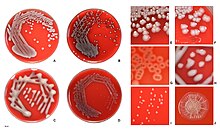


Escherichia Coli Wikipedia
EColi is what shape Circular EColi has what consistency Shiny EColi has what density Translucent EColi hemolysis is Variable The habitat for EColi is in the Ecoli is a lactose fermenter and appears what color on a EMB Dark with green metallic sheen Special test for Ecoli is Lactose fermentation Ecoli causes what 3Name the dye that gives it this color To what cell structure do the 2 dyes bind?• 1 Vial of E coli • 1 Microscope • 1 Vial of Immersion oil • 1 Vial of crystal violet dye • 1 Vial of Gram's Iodine • 1 Vial of Decolorizer • 1 Vial of Safranin dye • 13 Viewing slides • 1 Container of Lysol wipes



Bacterial Staining


Escherichia Coli Colonies On Blood Agar E Coli Colonies
Cells are typically rodshaped, and are about μm long and 025–10 μm in diameter, with a cell volume of 06–07 μm 3 E coli stains Gramnegative because its cell wall is composed of a thin peptidoglycan layer and an outer membrane During the staining process, E coli picks up the color of the counterstain safranin and stains pinkList at least 3 differences between gram positive and gram negative bacteriaInstead, their genetic material floats uncovered, localized to a region called the nucleoid



Solved Observations And Results E Coli B Cereus S Aure Chegg Com
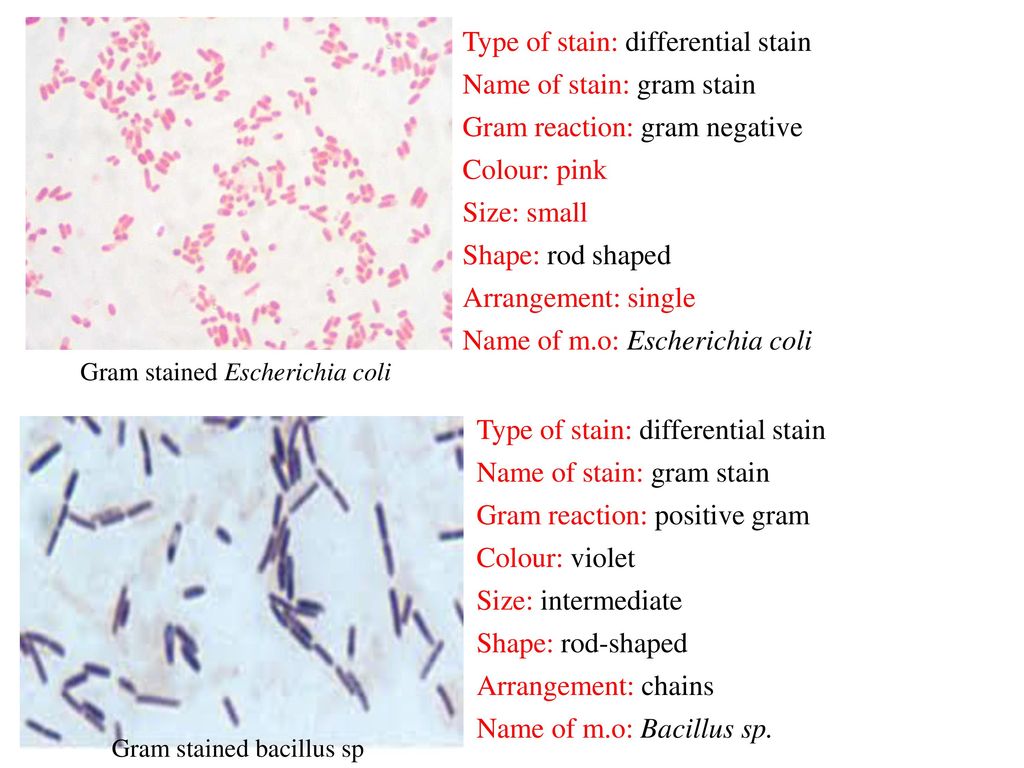


Gram Staining Principle Procedure And Results Msc Sarah Ahmed Ppt Download
Overview Escherichia coli (E coli) bacteria normally live in the intestines of healthy people and animals Most types of E coli are harmless or cause relatively brief diarrhea But a few strains, such as E coli O157H7, can cause severe stomach cramps, bloody diarrhea and vomitingE coli bacteria are a normal part of the intestinal flora in humans and other animals, where they aid digestion They are examples of bacilli shaped bacteria PASIEKA/Science Photo Library/Getty Images Bacillus Cell Arrangements Bacillus is one of the three primary shapes of bacteria Bacillus (bacilli plural) bacteria have rodshaped cellsThe niche of E coli depends upon the availability of the nutrients within the intestine of host organisms;



With These Results Which Bacteria Can It Be Alcaligenes Faecalis Enterobacter Aerogenes Escherichia Coli Proteus Vulgaris Pseudomonas Aeruginosa Serratia Marcescens Gram Stain Results Organism Cell Homeworklib


Staphylococcus Aureus And Ecoli Under Microscope Microscopy Of Gram Positive Cocci And Gram Negative Bacilli Morphology And Microscopic Appearance Of Staphylococcus Aureus And E Coli S Aureus Gram Stain And Colony Morphology On Agar Clinical
Escherichia coli occurs in diverse forms in nature, ranging from commensal strains to those pathogenic on human or animal hosts On the basis of genomic information, the species has been dividedEscherichia coli (E coli) is a bacteria that normally lives in the intestines of both healthy people and animals In most cases, this bacteria is harmless It helps digest the food you eat However, certain strains of E coli can cause symptoms including diarrheaMost strains of E coli are rodshaped and measure about μm long and 0210 μm in diameter They typically have a cell volume of 0607 μm, most of which is filled by the cytoplasm Since it is a prokaryote, E coli don't have nuclei;
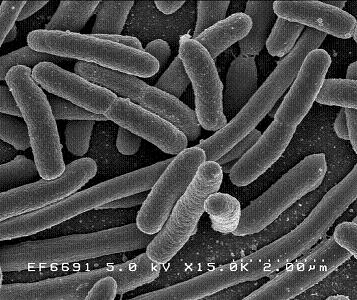


Escherichia Coli Microbewiki


What Is The Cell Morphology Of Escherichia Coli Quora
E coli is the normal flora of the human body;E coli , a bacillus of about average size is 11 to 15 µm wide by to 60 µm long Spirochaetes occasionally reach 500 µm in length and the cyanobacterium;Bacteria species E coli and S aureus under the microscope with different magnifications Bacteria are among the smallest, simplest and most ancient living



Escherichia Coli Colony Morphology And Microscopic Appearance Basic Characteristic And Tests For Identification Of E Coli Bacteria Images Of Escherichia Coli Antibiotic Treatment Of E Coli Infections



A Well Mixed E Coli Genome Widespread Contacts Revealed By Tracking Mu Transposition Sciencedirect
Most of the bacteria range from 022 µm in diameter The length can range from 110 µm for filamentous or rodshaped bacteria The most wellknown bacteria E coli, their average size is ~15 µm in diameter and 26 µm in length In this figure The size comparison between our hair (~ 60 µm) and E coli (~1 µm) Notice how small theE coli is a gramnegative rodshaped bacterium which is a coliform bacterium It normally lives in the intestines of healthy people and animals S marcescens is a gramnegative rodshaped bacterial species that occurs naturally in soil and water It produces a red pigment at room temperatureThe main difference between E coli and coliform is that the E coli are a type of bacteria;
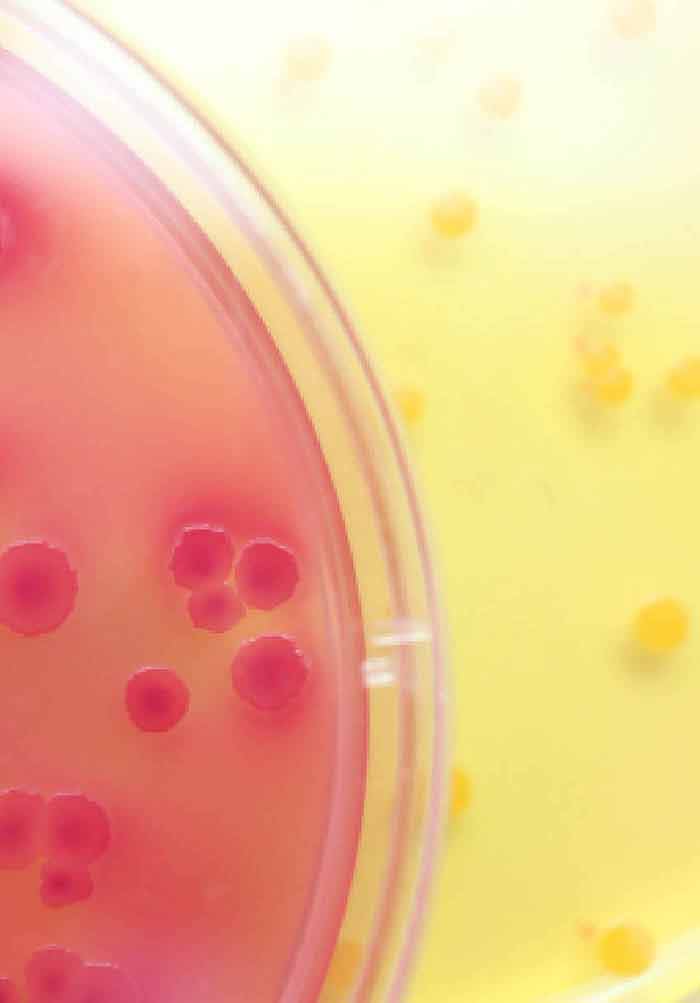


Isolation And Characterization Of Escherichia Coli From Animals Humans And Environment Intechopen
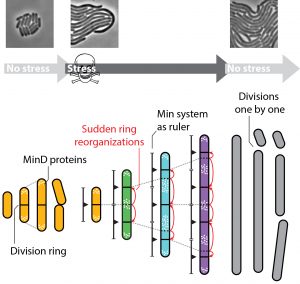


Stressed Out Bacteria Do Measure Up As They Grow E Coli Cells Constantly Mark Sites Where They Can Divide Once The Period Of Stress Is Over Amolf
Typical Ecoli colonies are small and pink on EMB agar with a green metallic sheen It's quite an identifying characteristic, which helps in recognising themEscherichia coli (E coli) is a bacteria that lives in the intestines of healthy people and animals Most strains of E coli are harmless, but a few cause diarrhea, stomach cramps and pain, vomiting and more serious problemsE coli can spread to the urinary tract in a variety of ways Common ways include Improper wiping after using the bathroom Wiping back to front can carry E coli from the anus to the urethra



Gram Negative Pink Colored Small Rod Shape E Coli Under Light Download Scientific Diagram
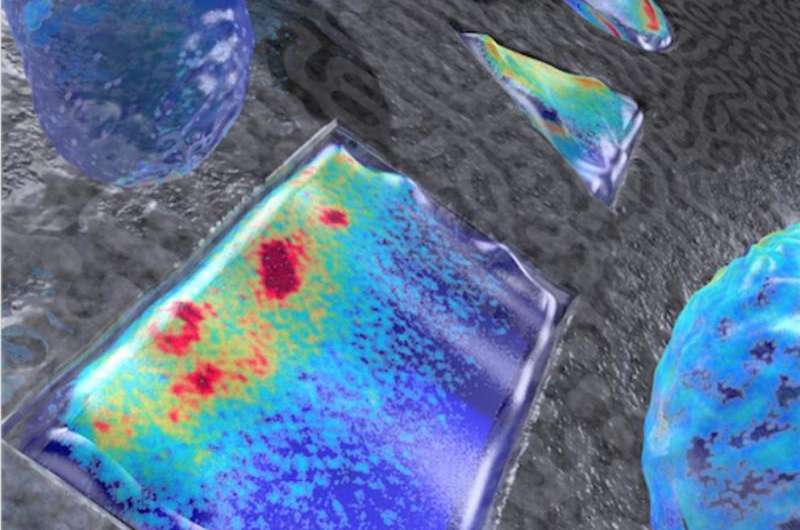


Squares Triangles Regardless Of Their Form Bacteria Can Figure Out Where To Split With A Little Help From Alan Turing
E coli is the normal flora of the human body;Lab Assignment Ecoli Saureus Spirillum volutans Bacterial Species Color Observed Shape and Arrangement EColi pink Shape bacillus Arrangement Single cell Saureus purple Shapesmall round or nonmotile coci Arrangementclusters Spirillum volutans pink Shape Spirlla Arrangement Single CellName the dye that gives it this color To what cell structure do the 2 dyes bind?



Escherichia Coli Also Known As E Coli Ppt Video Online Download



Escherichia Coli E Coli An Overview Microbe Notes
The niche of E coli depends upon the availability of the nutrients within the intestine of host organisms;E coli is an intestinal pathogen or commensal of the human or animal intestine and is voided in the faeces remaining viable in the environment only for some days Detection of E coli in drinking water is an indication of pollution with faeces 2 Morphology and Staining of Escherichia ColiThe shape of E coli is strikingly simple compared to those of higher eukaryotes Outwardly, it resembles a lower eukaryote like S pombe However, the latter not only is larger (7 to 13 μm long and 2 to 3 μm in diameter versus 15 to 55 μm long and 05 to 10 μm in diameter) but also harbors membranebound organelles and a cytoskeleton
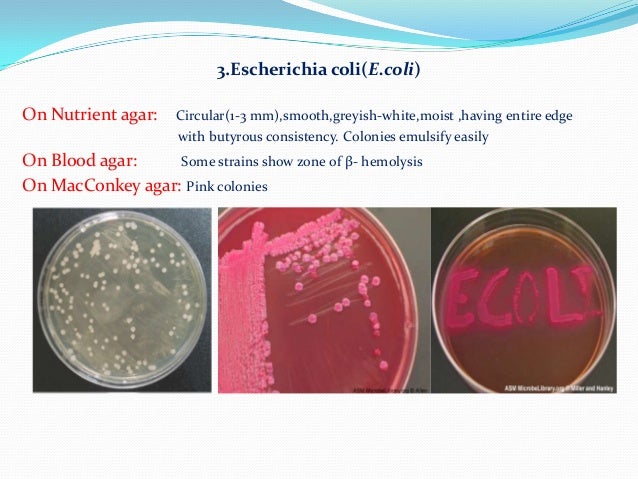


How To Read A Culture Plate



Escherichia Coli Wikipedia
What are the gram reaction, shape, and arrangement of Bacillus?What color is E coli when gram stained?MORPHOLOGY OF ESCHERICHIA COLI (E COLI) Shape – Escherichia coli is a straight, rod
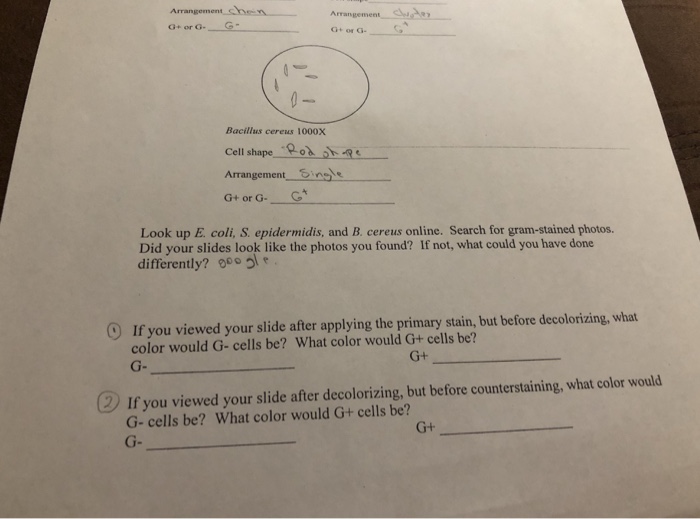


Solved G Or G G G Or G Bacillus Cereus 1000x Cell Shape Chegg Com


Staphylococcus Aureus And Ecoli Under Microscope Microscopy Of Gram Positive Cocci And Gram Negative Bacilli Morphology And Microscopic Appearance Of Staphylococcus Aureus And E Coli S Aureus Gram Stain And Colony Morphology On Agar Clinical
E coli are classified as facultative anaerobes, which means that they grow best when oxygen is present but are able to switch to nonoxygendependent chemical processes in the absence of oxygen E coli bacteria are gramnegative, so they stain pink in a gram test E coli bacteria were first identified by bacteriologist Dr Escherich in 15• 1 Vial of E coli • 1 Microscope • 1 Vial of Immersion oil • 1 Vial of crystal violet dye • 1 Vial of Gram's Iodine • 1 Vial of Decolorizer • 1 Vial of Safranin dye • 13 Viewing slides • 1 Container of Lysol wipesThe genus Escherichia is named after Theodor Escherich, who isolated the type species of the genus Escherichia organisms are gramnegative bacilli that exist singly or in pairs E coli is



Solved 4 5 O U Y Bacillus Subtilis E Coli Staph Aureus Chegg Com



Bacterial Staining
Although the E coli cell wall normally maintains a cylindrical shape during exponential growth , the cell shape can be altered either genetically or environmentally E coli mutants lacking the high molecularweight PBP2, a transpeptidase, swell up to resemble spheroplasts ( 16 ), while cells lacking the low molecularweight PBPs 5 and 7 areFocus on E coli O157 Escherichia coli (E coli) are bacteria commonly found in the gut of humans and warmblooded animalsMost strains of E coli are harmless Some strains, however, such as Verocytotoxigenic E coli (VTEC), also known as Shigatoxigenic E coli (STEC) can cause severe foodborne diseases Enterohaemorrhagic E coli (EHEC) are a subset of VTEC, which can cause severe diseaseMODULE Escherichia Coli and Klebsiella Microbiology 216 Notes 21 ESCHERICHIA COLI AND KLEBSIELLA ESCHERICHIA COLI 211 INTRODUCTION Escherichia coli (commonly abbreviated E coli) is a Gramnegative, facultative anaerobic, rodshaped bacterium that is commonly found in the lower intestine of warmblooded organisms (endotherms)



Solved Lab Activity 2 Results And Observations Draw Your Chegg Com
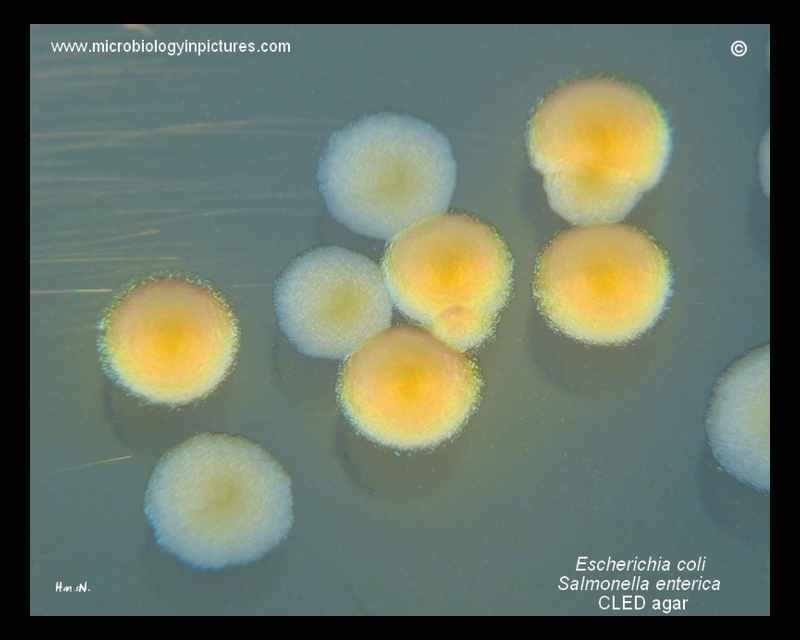


Enteric Bacteia Escherichia Coli On Cled Agar Salmonella Enterica Serovar Enteritidis On Cled Agar Colony Morphology On Cled
Escherichia coli (E coli) is a bacteria that lives in the intestines of healthy people and animals Most strains of E coli are harmless, but a few cause diarrhea, stomach cramps and pain, vomiting and more serious problemsThe primary habitat of E coli is in the gastrointestinal (GI) tract of humans and many other warmblooded animalsE coli was discovered by Theodor Escherich in 15 after isolating it from the feces of newborns;
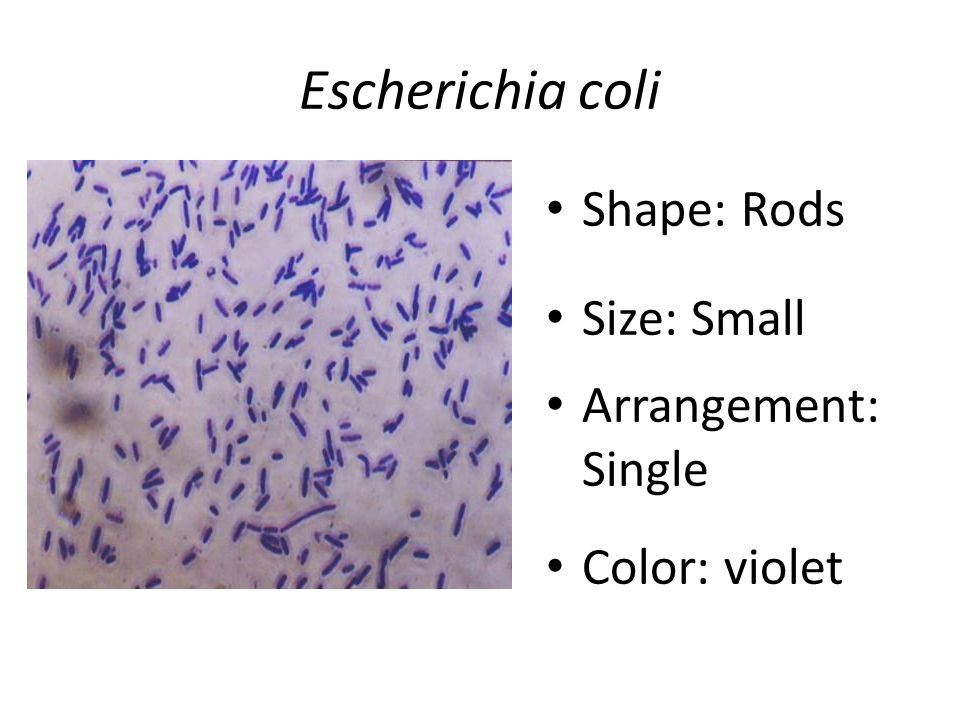


Sterility Test Required For All Articles Or Substances To Be Introduced Into Raw Tissue Injections And Ophthalmics Sterility Testing Attempts To Reveal Ppt Video Online Download



Cell Shape And Cell Wall Organization In Gram Negative Bacteria Pnas
That is, a fecal coliform whereas the coliform is a bacterium involved in the fermentation of lactose when incubated at 35–37°C The other type of coliform bacteria is nonfecal coliforms that are Enterobacter and Klebsiella Fecal coliforms live inside the intestine of warmblooded animals whileEscherichia coli (E coli) bacteria normally live in the intestines of people and animals Most E coli are harmless and actually are an important part of a healthy human intestinal tract However, some E coli are pathogenic, meaning they can cause illness, either diarrhea or illness outside of the intestinal tract The types of E coli that can cause diarrhea can be transmitted through4 Exceptions to the above shapes There are exceptions to the three basic shapes of coccus, bacillus, and spiral They include sheathed, stalked, filamentous, square, starshaped, spindleshaped, lobed, trichomeforming, and pleomorphic bacteria 5 Ultrasmall Bacteria 150 could fit in a single Escherichia coli



Figure 1 From Detection Of Multidrug Resistant And Shiga Toxin Producing Escherichia Coli Stec From Apparently Healthy Broilers In Jessore Bangladesh Semantic Scholar



Spatial Organization Shapes The Turnover Of A Bacterial Transcriptome Elife
What are the gram reaction, shape, and arrangement of Bacillus?HABITAT E Coli can be found in many areas Firstly, they exist in faecallycontaminated environments including water, sediment and mudSecondly, the prevalent habitat of Escherichia Coli is gastrointestinal (GI) tract of humans and other warm blooded animals This eubacteria is the most abundant facultatively anaerobic microorganism found in the gastrointestinal tract and other warmGram positive bacteria will be blue/ purple/ violet Gram negative bacteria will be light pink Identify the various shapes and arrangements of bacteria CLEAN YOUR SLIDES using the slide cleanser at the sinks



Morphology Culture Characteristics Of Escherichia Coli E Coli



How Escherichia Coli Lands And Forms Cell Clusters On A Surface A New Role Of Surface Topography Scientific Reports



E Coli Colony Morphology On Macconkey Agar Plate Presumptive Download Scientific Diagram



Phenotypic Plasticity Of Escherichia Coli Upon Exposure To Physical Stress Induced By Zno Nanorods Scientific Reports



Escherichia Coli Responds To Environmental Changes Using Enolasic Degradosomes And Stabilized Dicf Srna To Alter Cellular Morphology Pnas
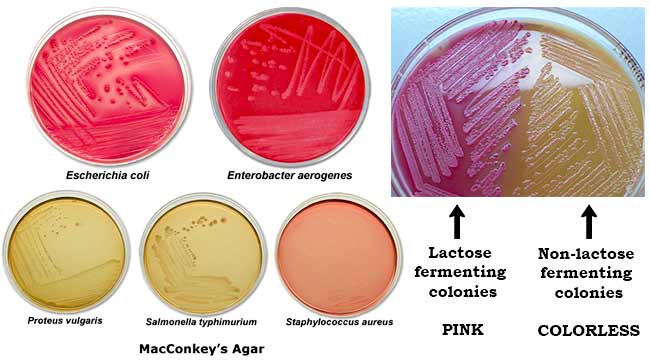


Macconkey Agar Composition Principle Uses Preparation And Colony Morphology



Metabolic Engineering Of Escherichia Coli For Natural Product Biosynthesis Trends In Biotechnology


Q Tbn And9gctefycdhnynioi7kgipkpln0ovqbzk1mxi04brg4hvwk5xyhs7g Usqp Cau
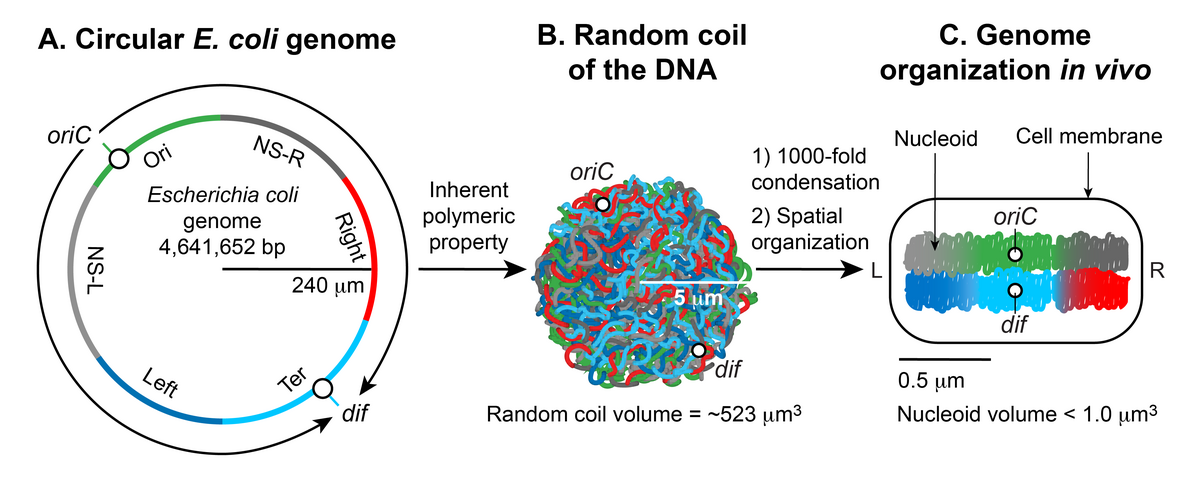


Nucleoid Wikipedia



Escherichia Coli Colony Morphology And Microscopic Appearance Basic Characteristic And Tests For Identification Of E Coli Bacteria Images Of Escherichia Coli Antibiotic Treatment Of E Coli Infections



Escherichia Coli E Coli Meaning Morphology And Characteristics



Escherichia Coli Wikipedia
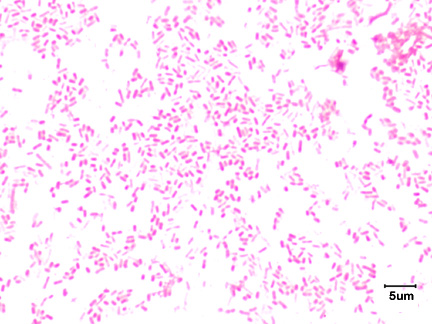


2 3b The Gram Negative Cell Wall Biology Libretexts



Solved 1 Identify The Morphology Morphological Arrangem Chegg Com



Morphology Culture Characteristics Of Escherichia Coli E Coli


Team Heidelberg Project Optimization 13 Igem Org



Morphology Of Stationary Phase E Coli Cells Strains Mc4100 Rpos A Download Scientific Diagram



Contributions Of Pbp 5 Anddd Carboxypeptidase Penicillin Binding Proteins To Maintenance Of Cell Shape In Escherichia Coli Journal Of Bacteriology



Solved Lab Module 6 Gram Stain Lab Report Name Using T Chegg Com



E Coli Colony Morphology On Macconkey Agar Plate Presumptive Download Scientific Diagram
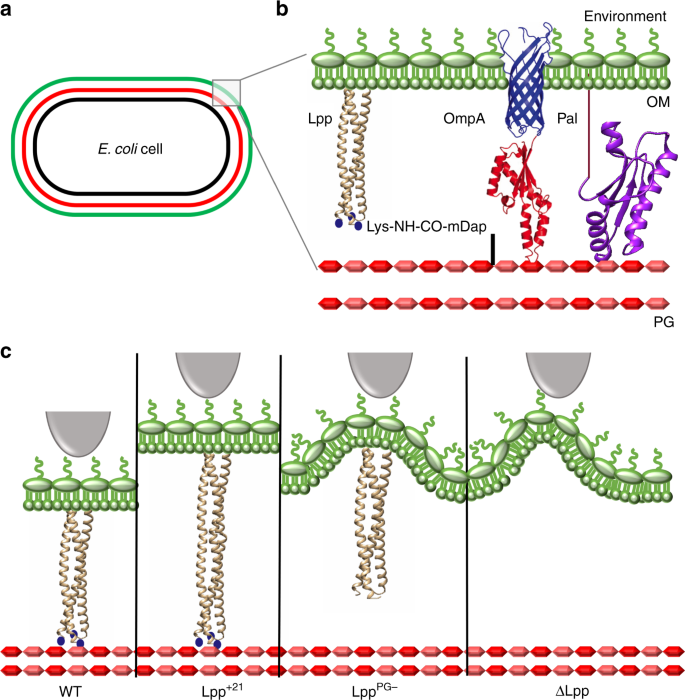


Lipoprotein Lpp Regulates The Mechanical Properties Of The E Coli Cell Envelope Nature Communications



Solved Experiment 6 Smear Preparation Simple Staining N Chegg Com
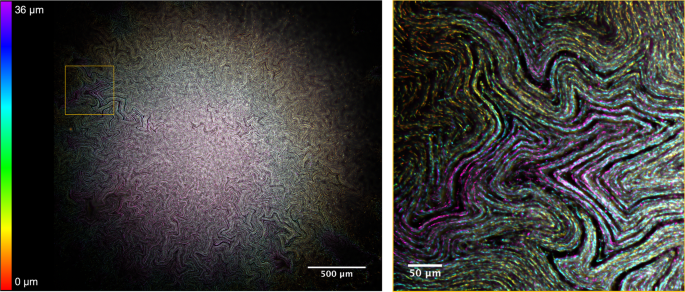


Intra Colony Channels In E Coli Function As A Nutrient Uptake System The Isme Journal
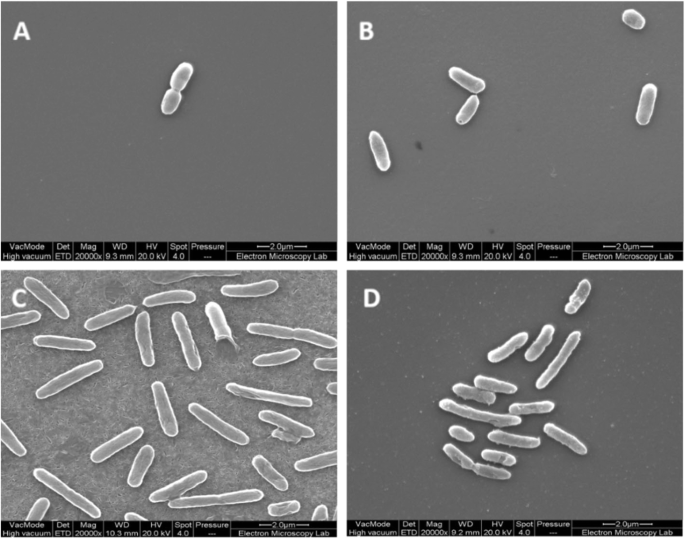


Thymol Tolerance In Escherichia Coli Induces Morphological Metabolic And Genetic Changes Bmc Microbiology Full Text
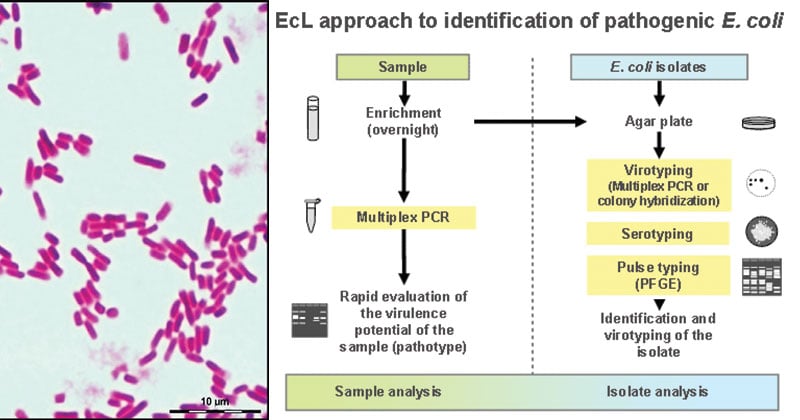


Escherichia Coli E Coli An Overview Microbe Notes



Why Is It Important To Know The Shape And Arrangement Of Bacteria Quora



Ftsz Collaborates With Penicillin Binding Proteins To Generate Bacterial Cell Shape In Escherichia Coli Journal Of Bacteriology



Pdf Escherichia Coli And Klebsiella



Slideshow When Viruses Attack Wired
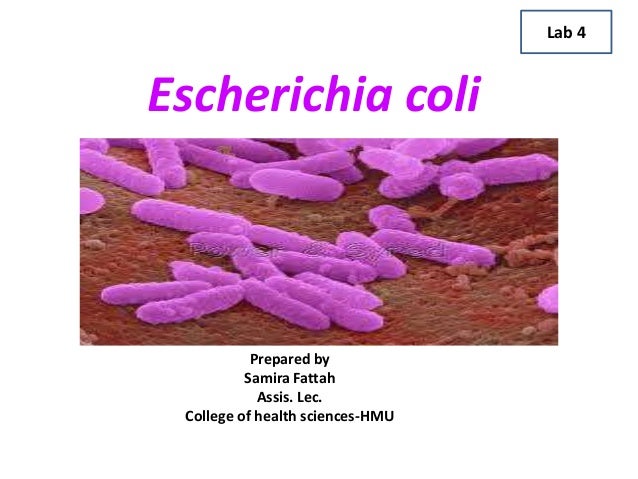


Escherichia Coli Lecture



0614 Escherichia Coli Medical Images For Powerpoint Powerpoint Presentation Pictures Ppt Slide Template Ppt Examples Professional



Gram Stain Wikipedia



Escherichia Coli Responds To Environmental Changes Using Enolasic Degradosomes And Stabilized Dicf Srna To Alter Cellular Morphology Pnas



Pin On Microbiology


Plos One Theoretical Prediction Of Disrupted Min Oscillation In Flattened Escherichia Coli


What Does An E Coli Bacteria Look Like Under A Microscope Quora



Morphology Culture Characteristics Of Escherichia Coli E Coli
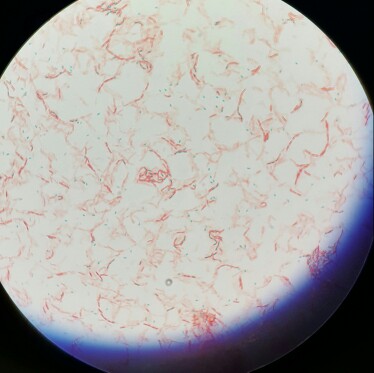


Solved Hello So There Are Pictures Of Endospore Staining Chegg Com


Staphylococcus Aureus And Ecoli Under Microscope Microscopy Of Gram Positive Cocci And Gram Negative Bacilli Morphology And Microscopic Appearance Of Staphylococcus Aureus And E Coli S Aureus Gram Stain And Colony Morphology On Agar Clinical



E Coli Grown On Macconkey Agar At 37 Degrees For 24 Hours In The Shape Of A Jack O Lantern Face Crystal Violet Jack O Lantern Faces Pink Halo Microbiology



Different Size Shape And Arrangement Of Bacterial Cells



Morphological Change Of Bacterial Cells From Round To Rod A Proposed Download Scientific Diagram



Genomewide Phenotypic Analysis Of Growth Cell Morphogenesis And Cell Cycle Events In Escherichia Coli Molecular Systems Biology
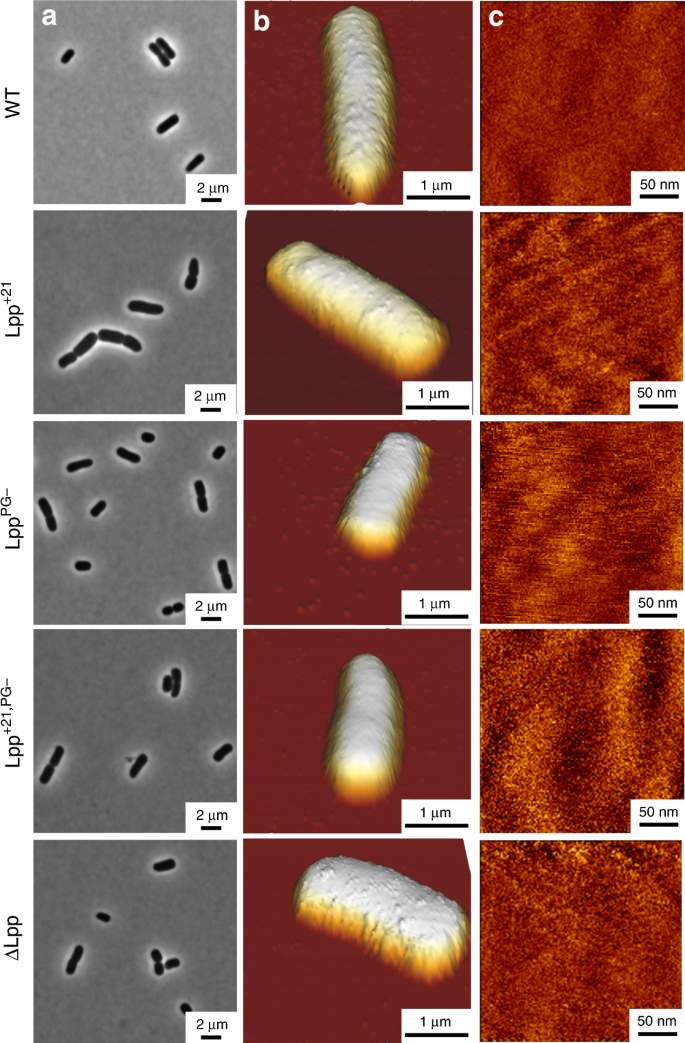


Lipoprotein Lpp Regulates The Mechanical Properties Of The E Coli Cell Envelope Nature Communications



Escherichia Coli Wikipedia



Escherichia Coli Responds To Environmental Changes Using Enolasic Degradosomes And Stabilized Dicf Srna To Alter Cellular Morphology Pnas



Growth Requirements Of E Coli And Auxotrophs Microbiology Class Video Study Com



Solved Nutrient Broth Cultures B Cereus 03 E Coli 11 Chegg Com



Gram Negative Pink Colored Small Rod Shape E Coli Under Light Download Scientific Diagram



Solved 1 Identify The Morphology Morphological Arrangem Chegg Com


Q Tbn And9gcrnromkd6ojdipvjbbunntiiociojvtit2bpoe0v2w9ohdxp0lr Usqp Cau


Biol 230 Lab Manual E Coli On Macconkey Agar
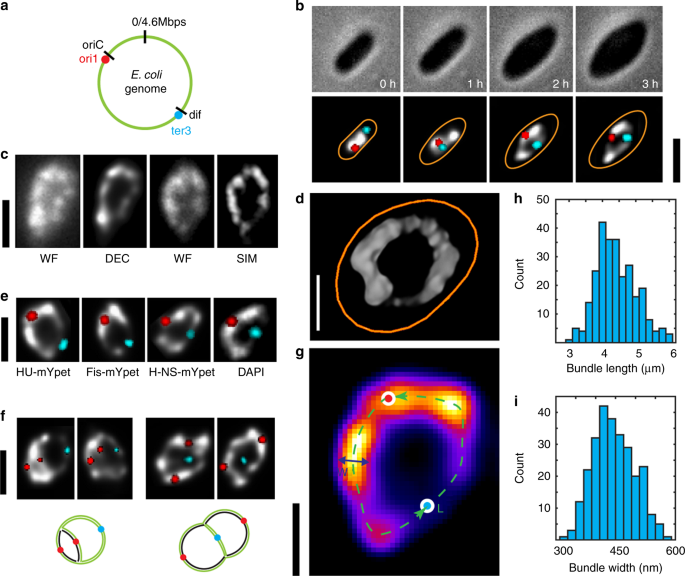


Direct Imaging Of The Circular Chromosome In A Live Bacterium Nature Communications



Solved Lab Activity 2 Results And Observations Draw Your Chegg Com


Colony Characteristics Of E Coli Sciencing
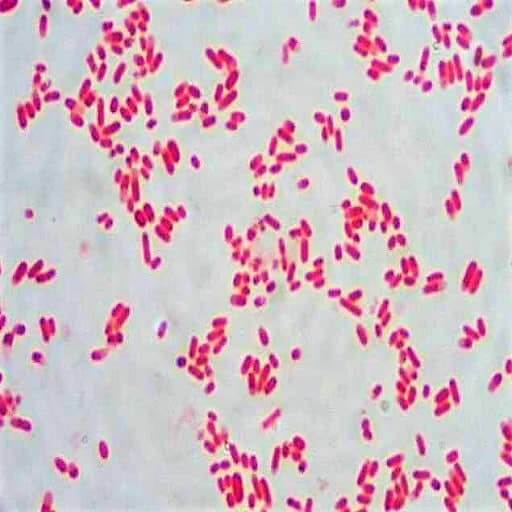


Morphology Culture Characteristics Of Escherichia Coli E Coli


Q Tbn And9gctqlwezc G Rsexb5gmw Uv65za98k6p92dhlvblkp4mnrofyo Usqp Cau
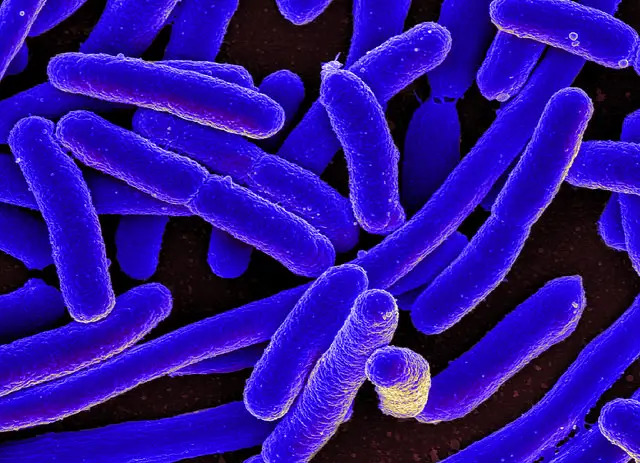


E Coli Under The Microscope Types Techniques Gram Stain Hanging Drop Method
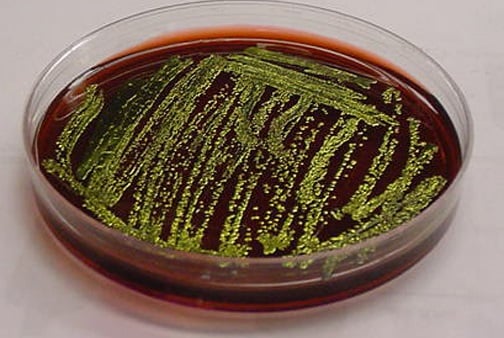


Escherichia Coli E Coli An Overview Microbe Notes



Micro Lab Flashcards Quizlet



Solved Part I Complete The Following Data Tables With Te Chegg Com
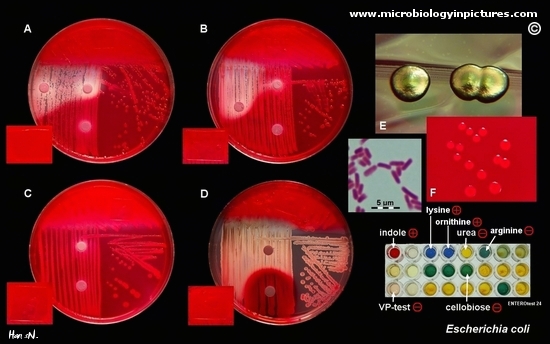


Escherichia Coli Colony Morphology And Microscopic Appearance Basic Characteristic And Tests For Identification Of E Coli Bacteria Images Of Escherichia Coli Antibiotic Treatment Of E Coli Infections


E Coli Gram Stain Introduction Principle Procedure And Result Interpret



E Coli Why So Famous
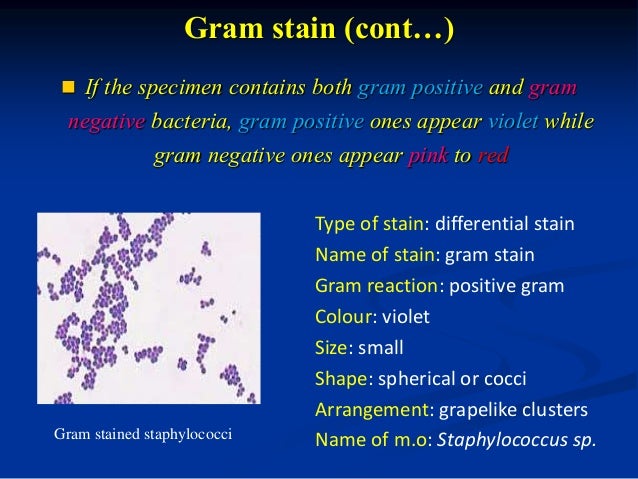


Bacterial Staining



Escherichia Coli Responds To Environmental Changes Using Enolasic Degradosomes And Stabilized Dicf Srna To Alter Cellular Morphology Pnas
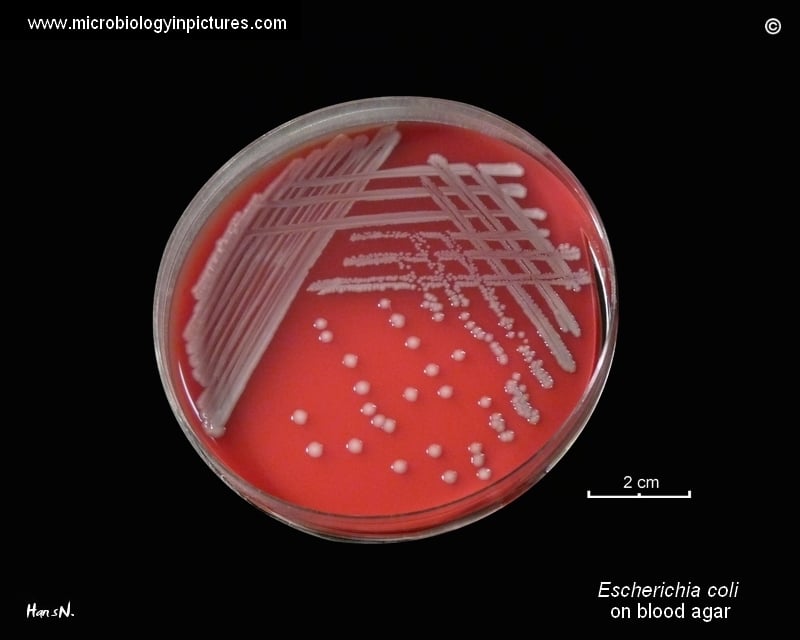


Escherichia Coli E Coli An Overview Microbe Notes



Gram Stain Of E Coli Bacterium A Gram Stain Of Shows Gramnegative Download Scientific Diagram


コメント
コメントを投稿